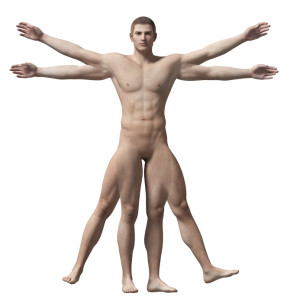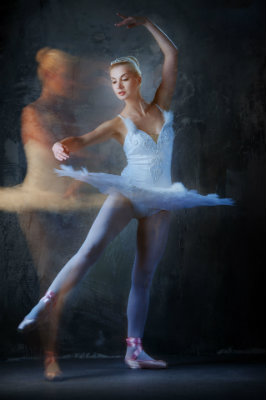 According to a story in the Washington Post, mounting scientific evidence shows that sitting for long periods of time can lead to poor circulation, heart disease, and joint pain. Unfortunately, many American adults sit for approximately eight hours a day on the job. However, a recent study at Indiana University showed that five-minute walking breaks reversed some of the negative effects of prolonged sitting, especially when integrated into the working day.
According to a story in the Washington Post, mounting scientific evidence shows that sitting for long periods of time can lead to poor circulation, heart disease, and joint pain. Unfortunately, many American adults sit for approximately eight hours a day on the job. However, a recent study at Indiana University showed that five-minute walking breaks reversed some of the negative effects of prolonged sitting, especially when integrated into the working day.
This study supports Rudolf Laban’s notion that working activities should be designed to incorporate active recuperation rather than passive rest periods or breaks. In the 1940’s when Laban studied repetitive labor in British factories, he built recuperative motions into the working actions themselves. At the time, this was revolutionary.
Science now seems to be catching up. For example, one study showed that six hours of sitting negated the positive effects of one hour of exercise. This suggests that compartmentalizing exercise into an hour at the gym after work may not be as beneficial as one hopes.
As I note in Meaning in Motion, Laban first sought to maintain dynamic vitality by balancing fighting and indulging efforts in the work actions themselves. Over time he came to realize that the rhythm of exertion and recuperation was more complex.
In fact, change of any kind can be recuperative. This could be a change in how one is doing an activity. Or it could be a change in the activity itself. Increasingly, studies show that the change need not be drastic or of long duration. But healthy variation needs to be rhythmic in the broad sense – integrated into the flow of daily activities rather than set aside for after work or on the weekend.
I had to apply this concept myself. Find out how in the next blog.

 Movement is good for you! Increasingly medical research is underscoring the health benefits of bodily motion. Yet this is hardly news. Prior to World War I,
Movement is good for you! Increasingly medical research is underscoring the health benefits of bodily motion. Yet this is hardly news. Prior to World War I, 

 In his unpublished papers Laban also observed, “inner becomes outer and outer becomes inner.” That is, movement not only reflects what a person is thinking and feeling, it also affects one’s inner psychological state.
In his unpublished papers Laban also observed, “inner becomes outer and outer becomes inner.” That is, movement not only reflects what a person is thinking and feeling, it also affects one’s inner psychological state.